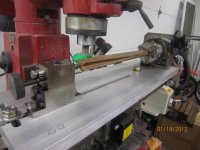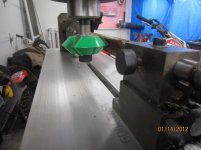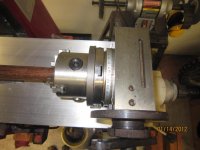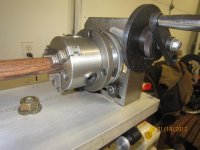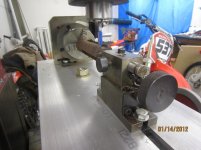ehavens
Registered
This is a great piece of equipment for cutting inlays in forearms or cutting slots for decorative rings. WORKS AWESOME!!!! Every serious cue builder should be cutting their points this way. Because of the 360 indexing wheel, it makes cutting 3point 5point and 7point cues a breeze not to mention your standard 4 6 8 10 point cues. Your possibility's are endless.
$600.00
I have had a few emails with people wanting to know where I got the stuff to build this. To be honest with you, I dont remember. I do know that I built this about 10 years ago and have over $600 invested. + all of my time. Time that I wish I could have spent building cues. As most of you know there is NO company out there building equipment like this. So either "A" you buy something that some one else has built or "B" you build it yourself. Some times its better to go with "A"
Call Eric @ 989-285-0310
or email me at eihavens@hotmail.com
$600.00
I have had a few emails with people wanting to know where I got the stuff to build this. To be honest with you, I dont remember. I do know that I built this about 10 years ago and have over $600 invested. + all of my time. Time that I wish I could have spent building cues. As most of you know there is NO company out there building equipment like this. So either "A" you buy something that some one else has built or "B" you build it yourself. Some times its better to go with "A"
Call Eric @ 989-285-0310
or email me at eihavens@hotmail.com
Attachments
Last edited:
